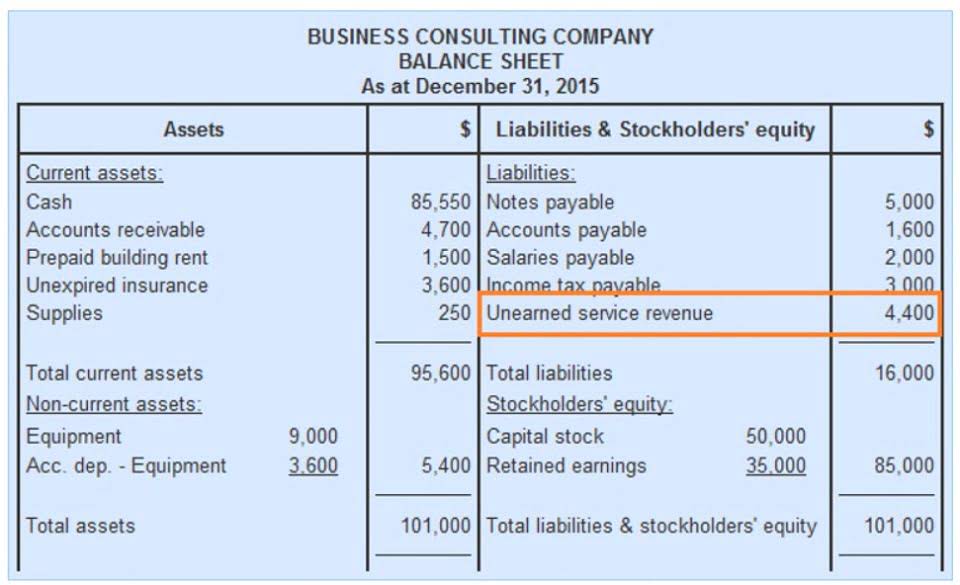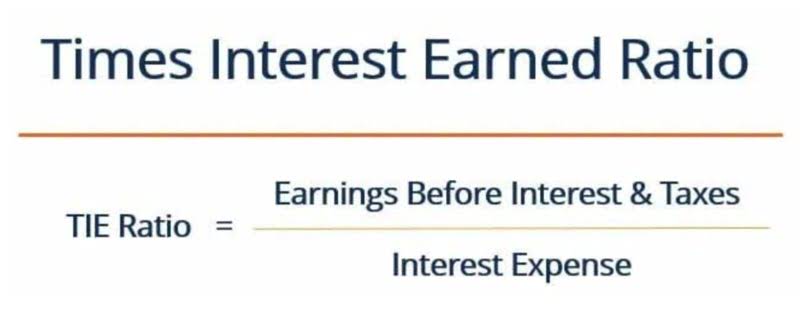
Direct material costs are the costs of raw payroll materials or parts that go directly into producing products. For example, if Company A is a toy manufacturer, an example of a direct material cost would be the plastic used to make the toys. Costs needed for setting up and keeping production or sales going are known as capacity costs or supportive overheads. This means day-to-day operational costs or expenses a business faces in its regular operations. Mixed costs – costs that vary in total but not in proportion to changes in activity.
- By understanding the difference between product costs and period costs, you can better manage your business’s finances and make informed decisions about how to allocate resources.
- Keeping track of the period of cost is also important for filing accurate business taxes and for preparing for an audit.
- Period costs are categorized into different types, each with its own unique characteristics.
- Analyzing historical data and trends can help businesses anticipate fluctuations in mixed costs and make informed decisions to control expenses.
- Weighted-average costing mixes current period expenses with the costs from prior periods in the beginning inventory.
Administrative expenses

Non-manufacturing costs – not incurred in transforming materials to finished goods. These include selling expenses (such as advertising costs, delivery expense, salaries and commission of salesmen) and administrative expenses (such as salaries of executives and legal expenses). Period costs are expenses that https://www.bookstime.com/ aren’t directly tied to production, and they’re incurred during an accounting period regardless of the volume of goods produced or sold. This means that period costs don’t change with the amount of goods produced or sold. Resource Allocation is a crucial aspect of cost accounting that allows businesses to assign expenses to specific cost objects, such as products, services, or departments. This helps organizations make informed decisions and manage their resources effectively.

Examples of Product Costs
This is in accordance with the matching principle of accounting, which dictates that expenses should be matched with the revenues they help to generate in the same period. If no direct connection to revenue can be established, the costs are recognized in the period they arise. For instance, office rent is recorded as an expense in the month it is paid, irrespective of the sales activities of that month.
Period Cost vs. Product Cost Infographics
Period costs refer to expenses that are incurred during a particular period, usually a month, quarter, or year, and are not directly related to the production of specific products or services. These costs are typically used to support the company’s operations, management, and administrative activities. Indirect costs, such as factory rent, utilities, and administrative salaries, are shared among multiple cost objects and cannot be easily traced to a specific product or service.

They have already been incurred or spent and are separate from current decision-making processes. This article looks at meaning of and main differences between the two such cost bifurcations – product cost and period cost. Separating the costs into various categories is often very important and, at times, useful to analyze the company’s significant cost drivers. In addition, cost analysis is critical to examine the position of the business and the amount of revenue it needs to generate to achieve economies of scale.

Support
By identifying and categorizing these costs, organizations can gain insights into their profitability and make informed decisions. In a manufacturing company, overhead is generally called manufacturing overhead. examples of period costs (You may also see other names for manufacturing overhead, such as factory overhead, factory indirect costs, or factory burden). Service companies use service overhead, and construction companies use construction overhead. Any of these types of companies may just use the term overhead rather than specifying it as manufacturing overhead, service overhead, or construction overhead. Overhead is part of making the good or providing the service, whereas selling costs result from sales activity, and administrative costs result from running the business.

